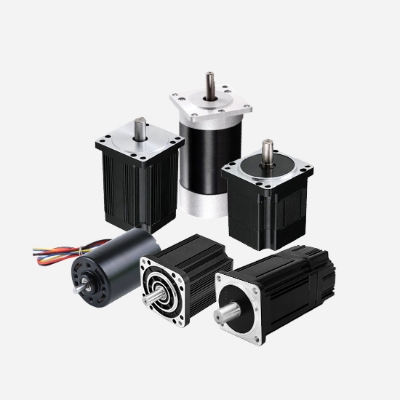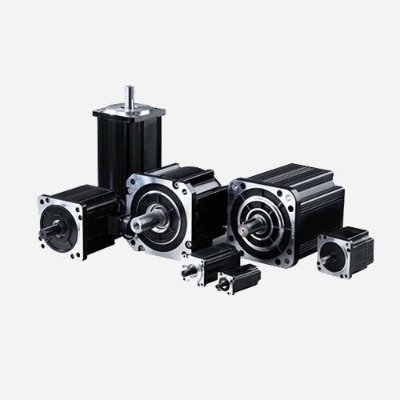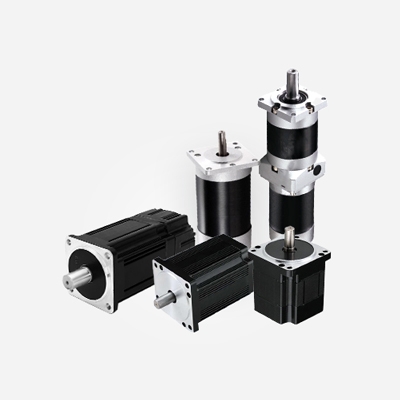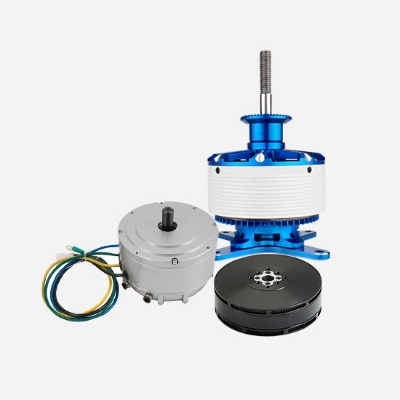4000W outrunner sensored brushless DC motor, working speed 190KV, maximum power 4000W, current 95A, power supply 4-13S (DC 14-48V), high torque motor design, shaft diameter 8mm/10mm, excellent insulation, high efficiency, good heat resistance.
Specification
Model: BLDC-6384
Max Power: 4000W (5 hp)
Rotation Speed KV (RPM/V): 190KV
Max Current: 95A
Max Input Voltage: DC 14-48V
Max Torque: 9 N.m
Motor Resistance: 0.05 Ohm
Recommend ESC: 3-12S 50A (FSESC4.20 50A)
Motor Length: 84mm
Motor Diameter: 63mm
Weight: 0.99 lb (0.45 kg)
No-Load Current: 1A (10V)
Shaft Diameter: 8mm, 10mm
Shaft Length: 30mm, 25mm
Number of Poles: 14
Shaft Keyway Slot: 3*3*15mm
Motor Wire: 12AWG wire with 4.0mm Gold Bullet Connector Male.
Magnet: N42SH high temp curve magnet
Stator: 0.2mm thickness lamination japan steel
Wire Configuration: Blue=U,White=V,Yellow=W
Sensor Wire: Standard RC Sensor Wire JST-ZH 6pin 1.5mm/2mm pitch
Shipping Package: BLDC-6384 motor*1, banana head 4.0mm female head*3
Note: The motor is powered by 4-13S batteries, S is the number of batteries, voltage of every battery is 3.7V DC.
Dimensions (Unit: mm)

ESC (Electronic Speed Controller) Selection for E-Board BLDC Motor
- The speed of the BLDC motor does not exceed the speed of ESC, it can be matched and used.
- Brushless DC motor speed calculation formula: battery voltage * motor KV value.
Brushless DC motor stator speed calculation formula: motor KV value * battery voltage * motor pole pairs.
- The limit speed of the V4 series ESC is 60000 ERPM.
The limit speed of the V6 series ESC is 15000 OERPM.
- If the maximum speed of the BLDC motor exceeds the speed of the electric speed controller, the ESC can also be matched by reducing the working voltage of the motor. But we do not recommend this, because it does not really play the role of a brushless DC motor.
ESC (Electronic Speed Controller) Specification
| Model |
Current Value |
Number of Batteries (Input Voltage) |
| FSESC 4.12 |
Continuous 50A, peak 240A |
3S-12S (8V-60V) |
| FSESC 4.20 |
Continuous 50A, peak 240A |
3S-12S (8V-60V) |
| VESC6.6 integrated switch dual drive version |
1-channel 100A continuous, 2-channel 200A continuous
1-channel peak 400A, 2-channel total peak 800A |
3S-12S (8V-60V) |
| VESC6.6 integrated switch dual drive version |
1-channel 100A continuous, 2-channel 200A continuous
1-channel peak 400A, 2-channel total peak 800A |
3S-12S (8V-60V) |
| FSESC6.7 VESC6.6 single drive integrated |
Continuous 70A, peak 200A |
3S-12S (8V-60V) |
| VESC4 dual drive integration * |
50A continuous 1-channel, peak 100A 2-channel, peak 300A 2-channel |
3S-12S (8V-60V) |
| ODESC3.6 single drive/dual drive |
50A continuous 1-channel, peak 120A 1-channel |
3S-12S (8V-60V) |
| VESC6 dual drive |
1-channel 100A continuous, 2-channel 200A continuous
1-channel peak 400A, 2-channel total peak 800A |
3S-12S (8V-60V) |
| Single drive V6 75200 |
Continuous 200A |
3S-12S (8V-60V) |
| Single drive VESC6 waterproof version |
Continuous 60A, peak 150A |
3S-12S (8V-60V) |
Note: The ESC model with * is the recommended controller for this page of motor, if you need other ESC models, please contact us.
Tips: Is a sensored motor or a sensorless motor better?
Sensored motors seem to have many advantages, but sensorless motors also have their place. While sensorless brushless motors don't perform well at low speeds, they do very well at high speeds.




